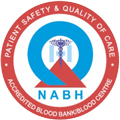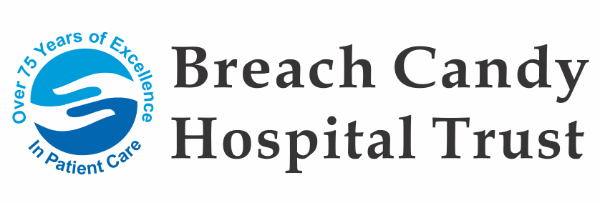Ongoing Research Activities
Research Activities

Principal Doctor: Dr. Aruna Poojary.
Associate Doctor: Dr. Seema Rohra, Mrs. Kalpana pandit(Micro Executive).

Principal Doctor: Dr. Seema Rohra.
Associate Doctor: Dr. Aruna Poojary, Dr. Priyanka Patil, Sr. Sheeba John.

Principal Doctor: Dr. K.P. Balsara.
Associate Doctor: Dr. A. Kohli.

Principal Doctor: Dr. Arun Mullaji.
Associate Doctor: Dr. Gautam Shetty.

Principal Doctor: Dr. Arun Mullaji.
Associate Doctor: Dr. Gautam Shetty.

Principal Doctor: Dr. Arun Mullaji.
Associate Doctor: Dr. Gautam Shetty.

Principal Doctor: Dr. Arun Mullaji.
Associate Doctor: Dr. Gautam Shetty.

Principal Doctor: Dr. Arun Mullaji.
Associate Doctor: Dr. Gautam Shetty.

Principal Doctor: Dr. Arun Mullaji.
Associate Doctor: Dr. Gautam Shetty.

Principal Doctor: Dr. Arun Mullaji
Associate Doctor: Dr. Gautam Shetty.





